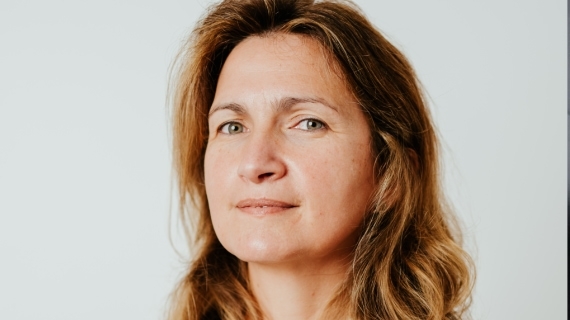Cátia Reis
Sleep apnea from 0 to 100 years old in an interdisciplinary perspective - with regard to sleep exams

- Chronobiology, PhD by the Faculty of Medicine, University of Lisbon in sleep and circadian rhythms
- Somnologist certified by European Sleep Research Society (ESRS)
- Researcher at the IMM – Faculty of Medicine University of Lisbon
- Assistant Professor at the Faculty of Human Sciences, Portuguese Catholic University
- Coordinator of the Postgraduate course in Sleep Psychology at FCH-UCP
- Researcher at the CRC-W Portuguese Catholic University
- Founding member of the Early Career Research Network (ESRS) committee currently member of the DCC
- Effective member of various sleep and biological rhythms societies
Nationality: Portugal
Scientific areas: Orthodontics (sleep apnea)
19 of november, from 14h45 until 15h00
Auditorium B
Conference summary
Sleep apnea is one of the most prevalent sleeping disorders in particular in the developed countries including Portugal.
It is, however, a disease that often goes unnoticed. Most of the time this is so much more true the greater the severity of the disease. One of the symptoms of sleep apnea is daytime sleepiness that can even lead to cases of involuntary sleep, being often the reason why patients seek clinical help. In order to have a diagnosis of sleep apnea, the clinic must be supported by a complementary sleep exam.
There are very varied types of sleep exams from the most complex type I polysomnography to actigraphy, but the latter does not allow a diagnosis of sleep apnea. There are, however, various types of exams that allow it. This lecture will briefly address the various types of sleep exams that exist focusing on their advantages and disadvantages and giving a particular focus on the diagnosis of sleep apnea.